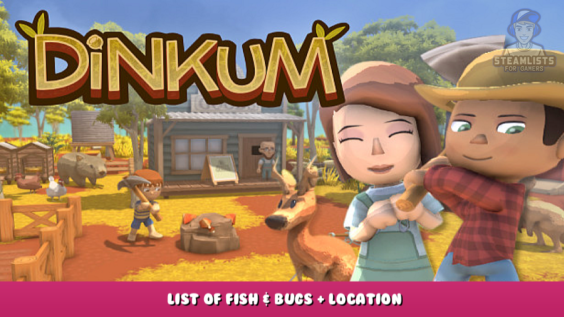
List of fish and bugs you can catch using the FISHING POLE/BUG NET. Organized by LOCATION. Each location is then sorted according to SEASON so it's easy for you to see the best time of day to find each fish and bug.
Intro
Version 0.4.5 was created for EARLY ACCESS. It was released July 31, 2022. They will continue to add new content, so the information may change in the future. I will try to update as often as possible, but there are no guarantees.
This will be very simple. This is a list of all the fish that you can find in each area, along with a description of each place. Because some fish are only available in winter, others appear in spring and fall, etc., the list is sorted according to SEASON. You can instantly see which fish are available at each location by simply looking at it when you arrive.
You can see pictures of all the different types of fish by looking at these other posts.
This guide for photos – http://steamcommunity.com – [steamcommunity.com]
. This guide inspired me to create this guide because it is not organized at all. It's difficult to find the fish I want right now while I'm playing the game. To find the fish I am missing, I would first need to know its name. Then, I would scroll through the list to find it. Next, I would need to read the timing and location information. Annoying, right? So I decided to take this information and rewrite them in a more useful functional way.
Waterways around the World
Each region has its own climate and wildlife. It should come as no surprise that each region has its own fauna and fauna, which you can catch and donate to the museum. To open the game's map screen press "M", North is the "top" and East is the"right" sides. I hope you can figure the other directions on your computer.
The map's colors indicate the type and extent of SOIL in the area, as well as the type of VEGETATION found there. Fish live in water and not on land so why should we care about soil or vegetation? Continue reading to find out more.
The Northern Ocean is located up north. It has a tropical climate, which is very hot and humid. It has a sandy coastline and a lot of tiny islands. You don't have to go beyond those tiny islands, you just need to be in OPEN WATER from the main coastline. Some players claim it is easier to get in a boat and head out to the super-deep waters. However, as long as the water is deeper than your head, it should be fine.
The Southern Ocean is located down south and is much colder than the north. It is characterized by a white sandy coast and often has many small islands off the coast. You don't have to travel far beyond the islands, as in the Northern Ocean. You can just go off the main coast into open water. Some players claim it is easier if you take a boat (once your Vehicles license is unlocked) and head out to the deepest water. However, as long as the water is not deeper than your head, it should be fine.
Rivers can be found all over the map. It's any narrow channel that flows between two areas on an island's main land-mass. Sometimes, you might see a circular river with an island at its center. Most rivers will eventually connect to the ocean. Some rivers can also be mangrove swamps. This is important for this guide. If you see "mud" soil along the river banks and mangrove trees (the dark brown ones with crazy roots that look like fingers in mud), then it is NOT a RIVER for this guide. That is a MANGROVE instead. River ecosystems will have red dirt along their banks, and not the darker, "wetter" looking mud.
Billabongs can be described as "ponds" outside of Australia. Small bodies of water surrounded by red dirt or white sandy beaches are often dotted with lily pads. They are usually fat and round-shaped. They are often isolated, but they can sometimes connect to a river at one end. Some billabongs can also be mangroves, just like rivers. This guide will show you how to identify billabongs.
The central part of the map is covered in mangroves. They can be rivers, billabong ponds, but they do not have the fish that are found in rivers and billagongs. They are distinguished from other waterways by their soil and trees. They have "mud" soil, which is similar to the red dirt, but it looks darker and more "wet". Mangrove trees can be found along the river banks, where they grow in the mud. Mangrove trees are dark and thin, with roots that resemble fingers grasping the mud.
The Fish List
I have separated the fish by ECOSYSTEM/LOCATION. Each location is then sorted according to SEASON. Specific times of the day are highlighted so that you can clearly see WHEN each fish will be available.
Please note that there is a distinction between "FALL SPRING", which means that you can catch the fish in Fall, Winter and Spring (but no Summer), and "FALL &SPRING", which means that you cannot catch the fish in Winter or Summer.
These lists begin with fish that can be caught all year round. Then, they move on to fish that can be caught in the Summer. This allows you to scroll down the list of each location chronologically, making it easier to track which fish are available now and which ones will not be until later.
For those who skipped the intro chapter, I will remind them that someone else has already posted screenshots showing the different fish species. I'm not going the extra effort to post the same information here. Please check out
This guide for photos – http://steamcommunity.com – [steamcommunity.com]
If you want to see how they look, click here.
Remember that the only difference between fishing poles is their speed of reeling in. The upgraded rod has a bit more durability so you can catch more fish without it breaking. The basic fishing rod you get from John's can catch every fish. The copper rod makes it easier to reel them in.
My current game was only completed at the end of my first summer season. I cannot confirm anything after that. In Summer, I don't know if there is a typo in my fish guide or if I just have bad luck with RNG. I have never seen a Saratoga fish hatch. I tried rainy nights, sunny nights, stormy night, different types water, different times of the day… but never found any Saratogas all summer.
We hope this helps you make filling your museum a little easier.
Okay, here we go…
Biomes around the World
This game uses a system called "biomes" that determines what can grow/spawn at any given location. There are many types of biomes. Sometimes it can be difficult to identify which one you are in and where the boundaries are between them. This is especially important for bug hunting because most bugs only live in certain biomes. Before we get to the list of bugs that you can catch, I will take a moment and describe the biomes.
Some bugs can spawn anywhere, and these are listed in the "EVERYWHERE” section of the next chapter. Rest of the bugs can only spawn in a few biomes, during certain seasons and at specific times of the day. Once you are familiar with the biome characteristics, and know which one you are currently in, you can check the lists to see what bugs might be there.
The map's northern edge is TROPICAL . This includes any area that contains ferns, palm trees or banana trees. If it's close to a coastline, tropical bugs can spawn on red soil or white beach sand. They won't spawn on mangrovemud, but they can walk on the mangrovemud once they have spawned in the area. These areas are usually BRIGHT GREEN, unless it is beach sand.
The map's southern (and often western) portion is PINE FOREST. This area is often DARK GREEN. Here you'll find apple trees, pine trees, and tasmanian demi-gods that spit fireballs. These bugs can spawn on the red dirt that is home to the apple and pine trees, or on the white beaches sand.
The map usually marks the desert as a DARK ROSE. Although the soil looks like regular red dirt, if you take a shovelful of it, you'll see that it is actually called "redsand" and not "dirt". Here you will find cactus, echidna, and very little else. The central band of the map is where the deserts are found. They are not in the tropics, pine forests, but in the region between. Sometimes, there will be a small area of desert within a plain or bushland area.
It can be difficult to tell the difference between bushlands and plains because they can overlap and are often very similar. If you build your town in an east part of the island, just inland from the coast you will have both bushlands and plains nearby. This means that you can find bugs from BOTH biomes within your town.
The Plains They are found on the eastern and western edges of the island. You'll find many hardwood trees, jackaroos and dingos there. Although the soil is mostly made of red dirt, it becomes white sand near the coast.
The bushlands They are located in the middle of the map, but can extend to the east and south a little. They can be made up of a mixture red dirt and white sandy. If you travel far enough west or south, you will see emus, bottlewood trees, kiwi and emus trees.
Bugs
Information was reorganized using source material from the Wiki page.
Unconfirmed bugs exist, but I have not been able to catch them yet. My game is still in its first summer. This means that any other season will be what is written on the wiki page (from my in-game bug journal item). However, I haven’t yet caught them. Other bugs that are listed as available in summer that I haven't found: Lacewing, Peacock Spider. These could be due to bad luck or a typo in my bug journal. I have searched for them all summer, on rainy days, sunny, stormy days, at different times of the day/night… but never found any. Below are the rest of the SUMMER bugs that I caught at the right time of the day.
Some bugs can appear anywhere.
Other bugs are only found in certain biomes.
Critters
You can catch critters by diving underwater. They may occasionally be caught in your crab traps but it is not often. Crab traps are able to catch logs, bones and crocodile teeth as well as other garbage. If you're looking for crab traps, be sure to When baiting your traps, do not use expensive bait Only use grilled or raw meats or drumsticks.
As of game version 0.4.6, there are 19 critters total. Only seven of these critters can be found in rivers (mangroves, billabongs and regular rivers). Three of these critters can also be found in oceans. The 12 other critters can only be found in the oceans, but it doesn't really matter if you are in the south or north ocean.
I'm still in my first summer (almost into autumn though), so I have only caught the critters available during summertime… except for the King Prawn, which I haven’t yet found. This list was compiled from information on the wiki.
We hope you found this information useful in your search for more museum exhibits.
Hope you enjoy the Guide about Dinkum – List of Fish & Bugs + Location, if you think we should add extra information or forget something, please let us know via comment below, and we will do our best to fix or update as soon as possible!
- All Dinkum Posts List


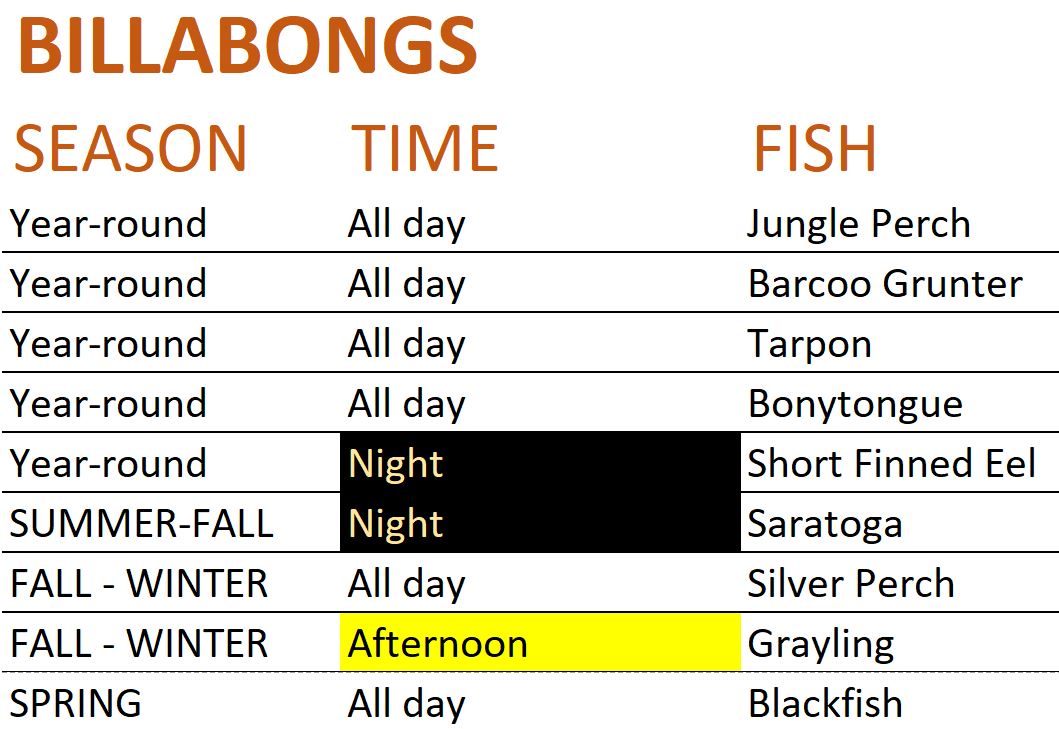
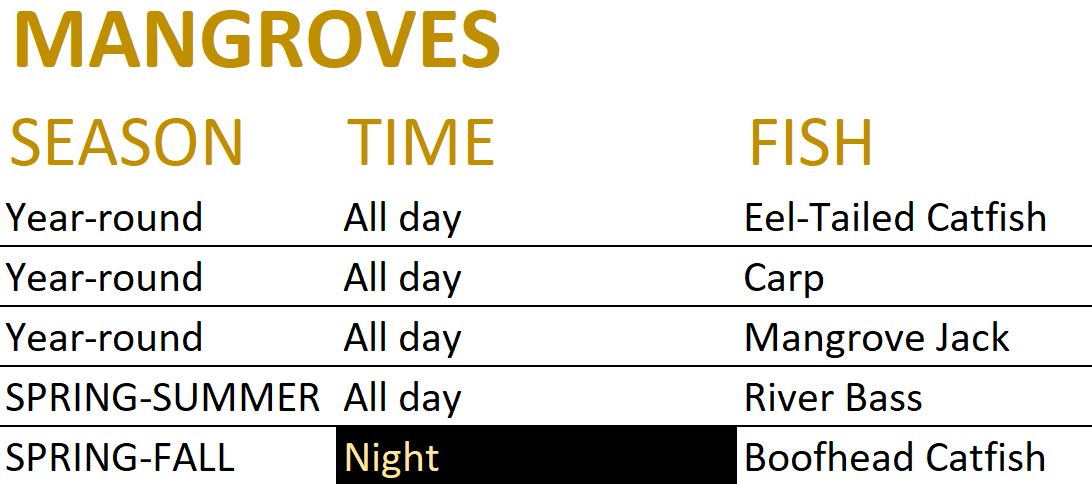
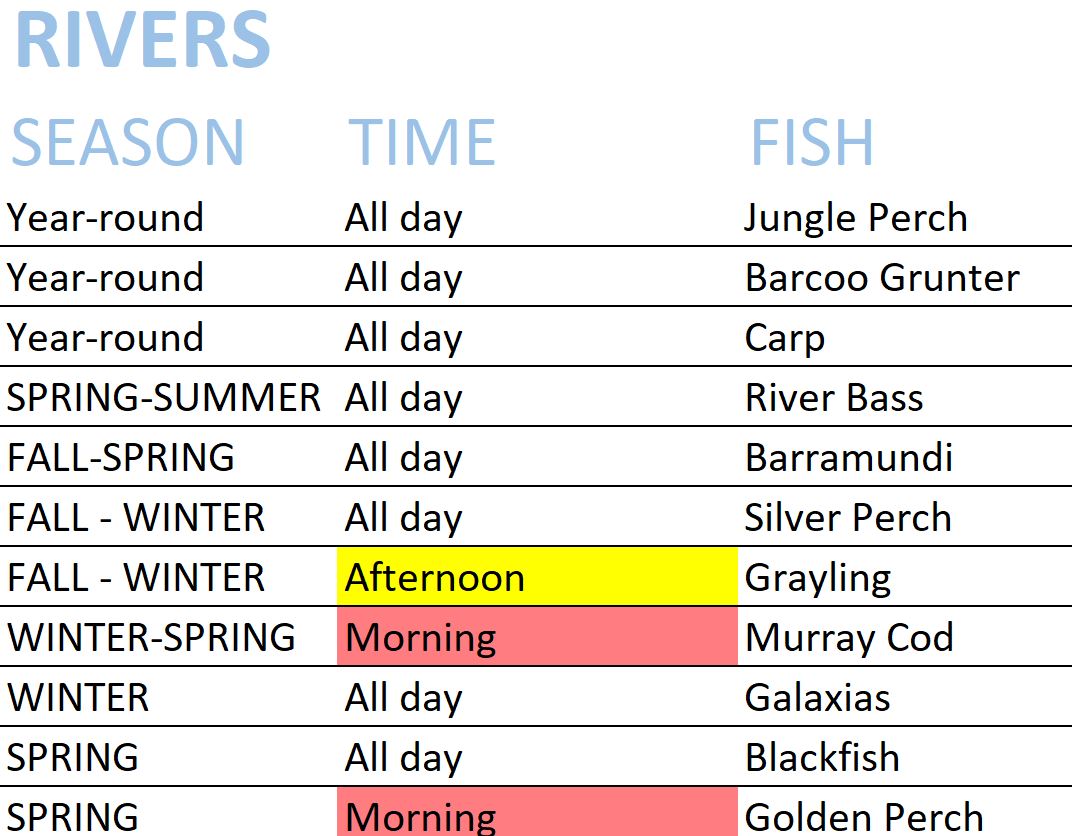
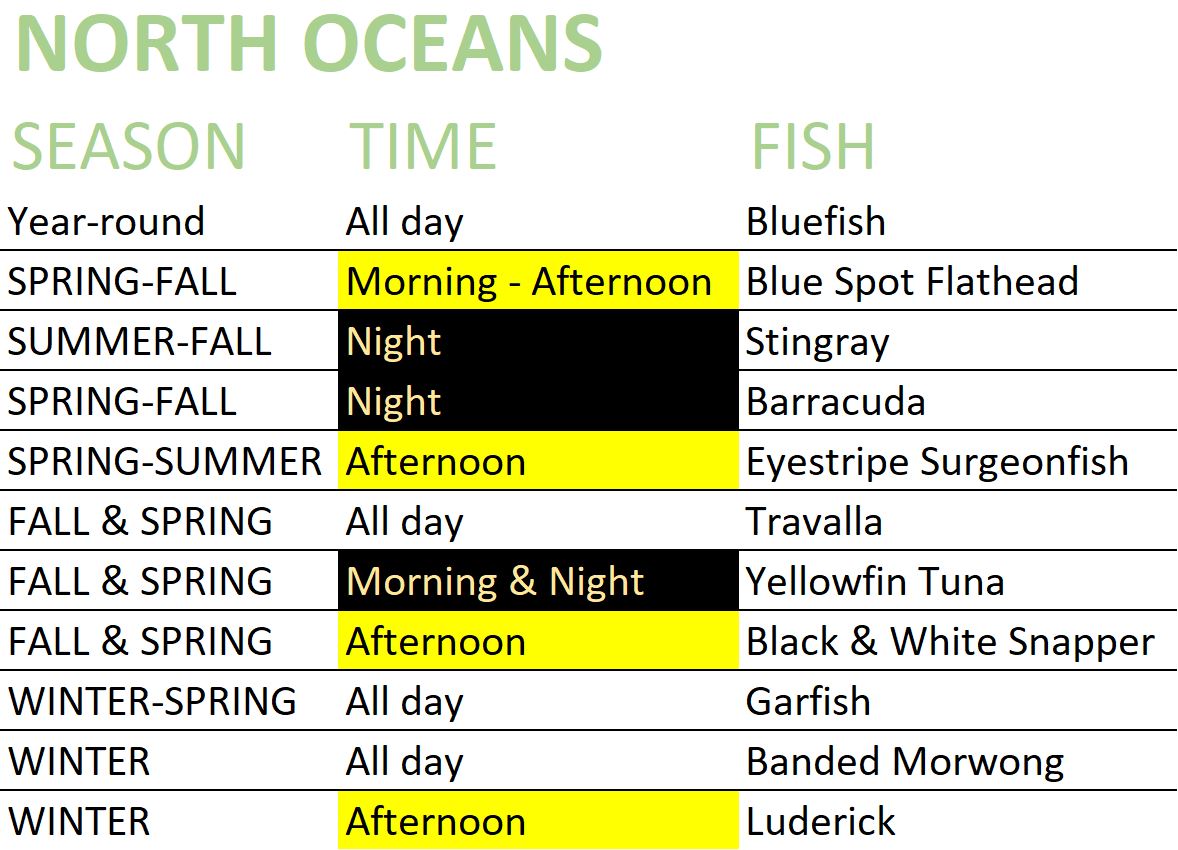
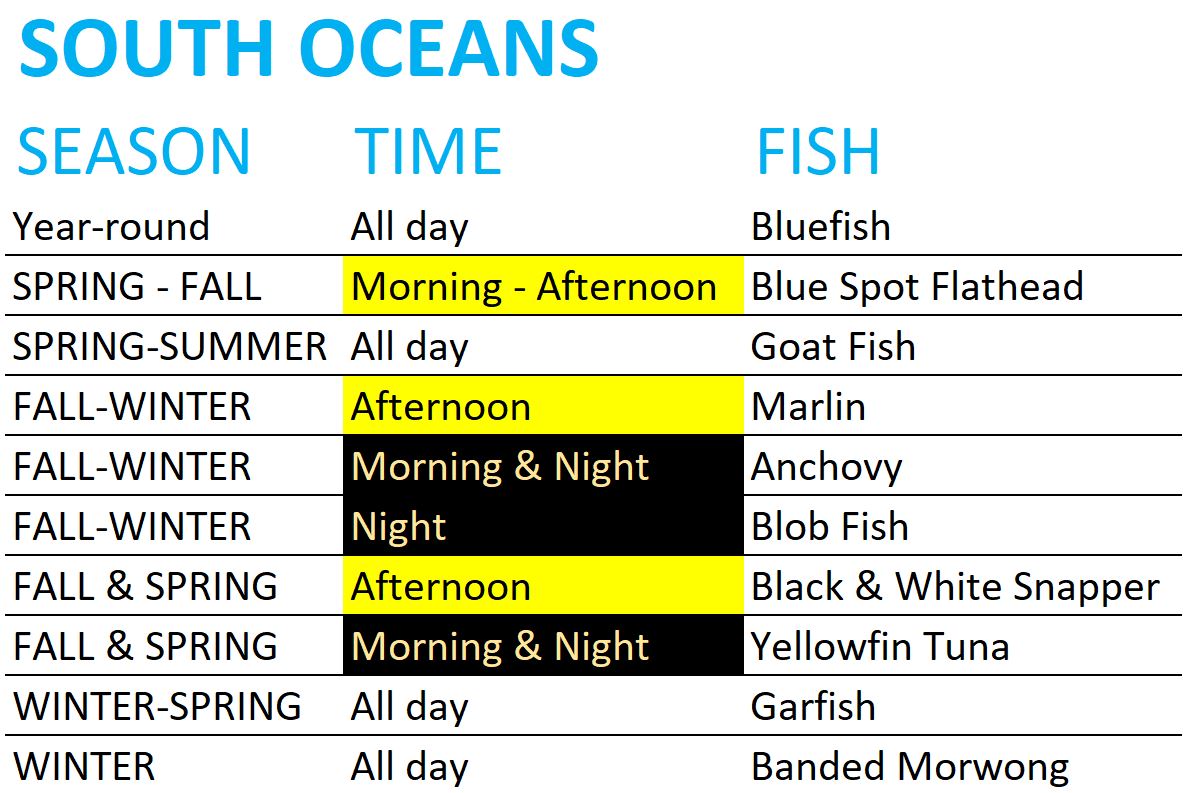
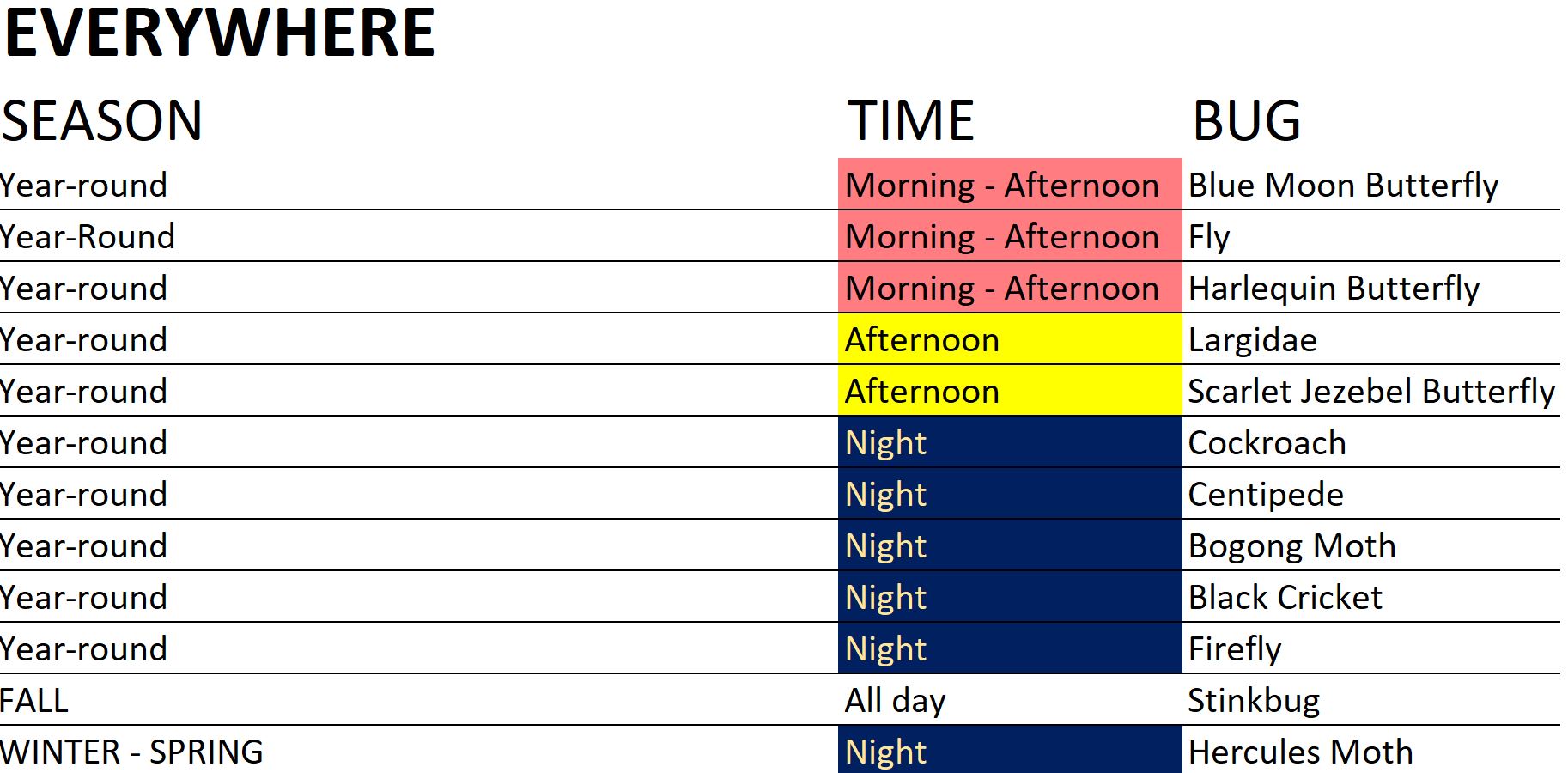
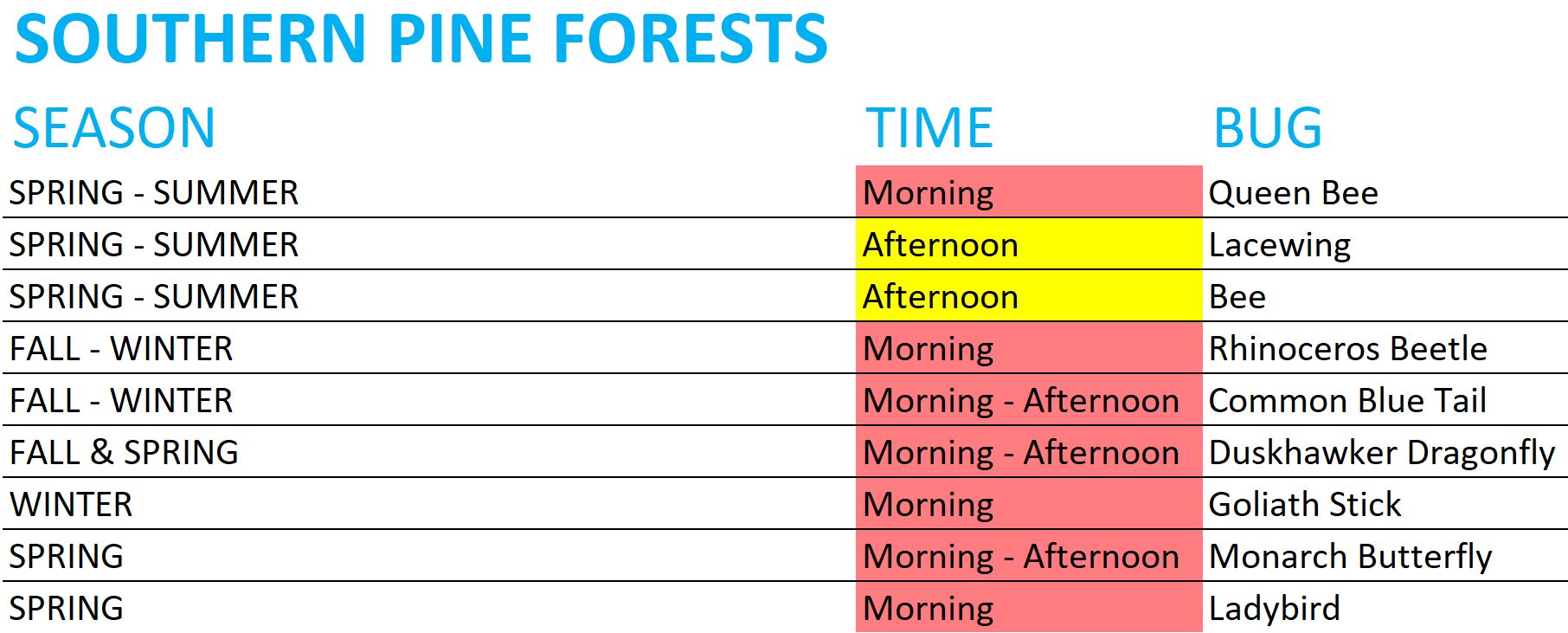
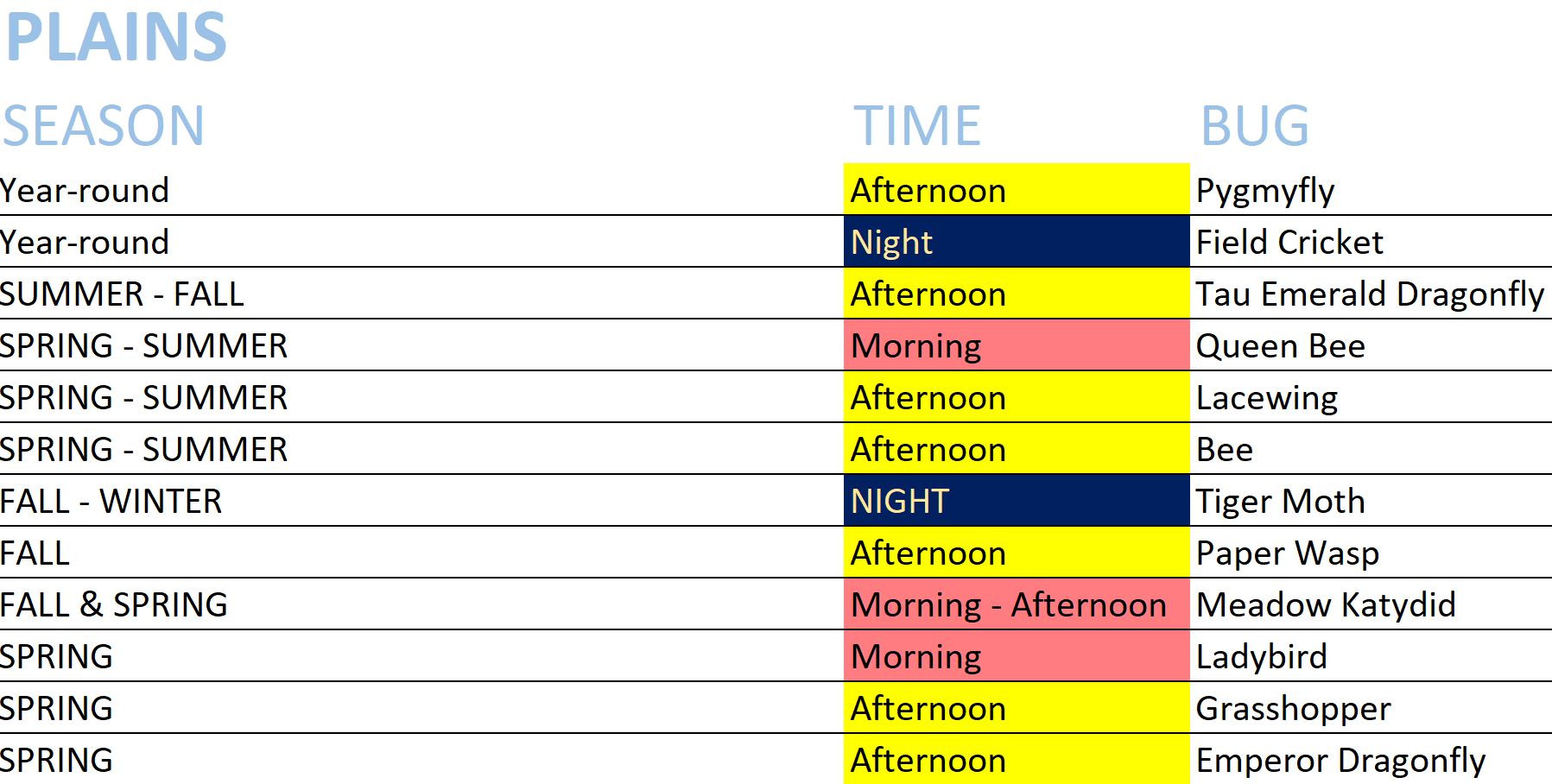
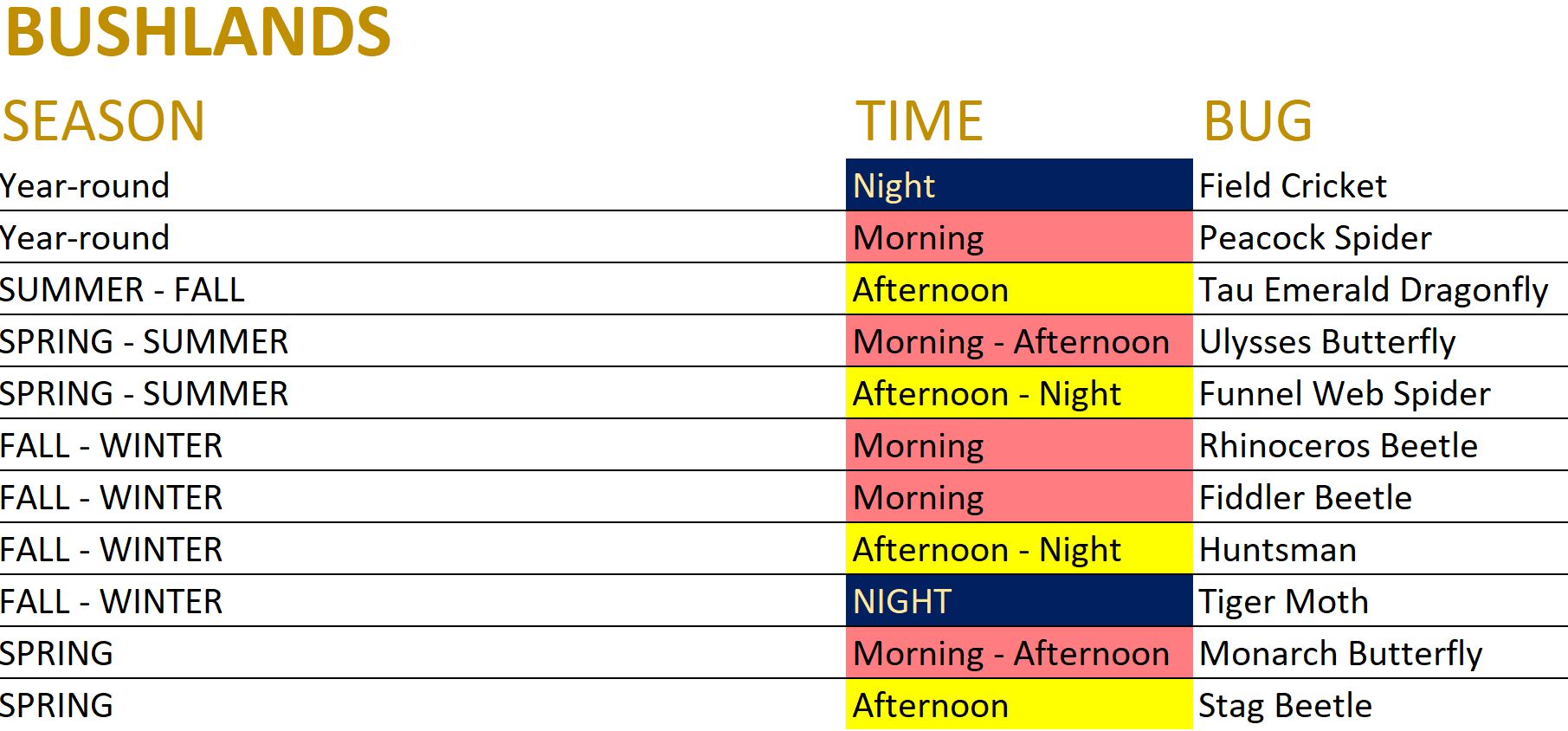

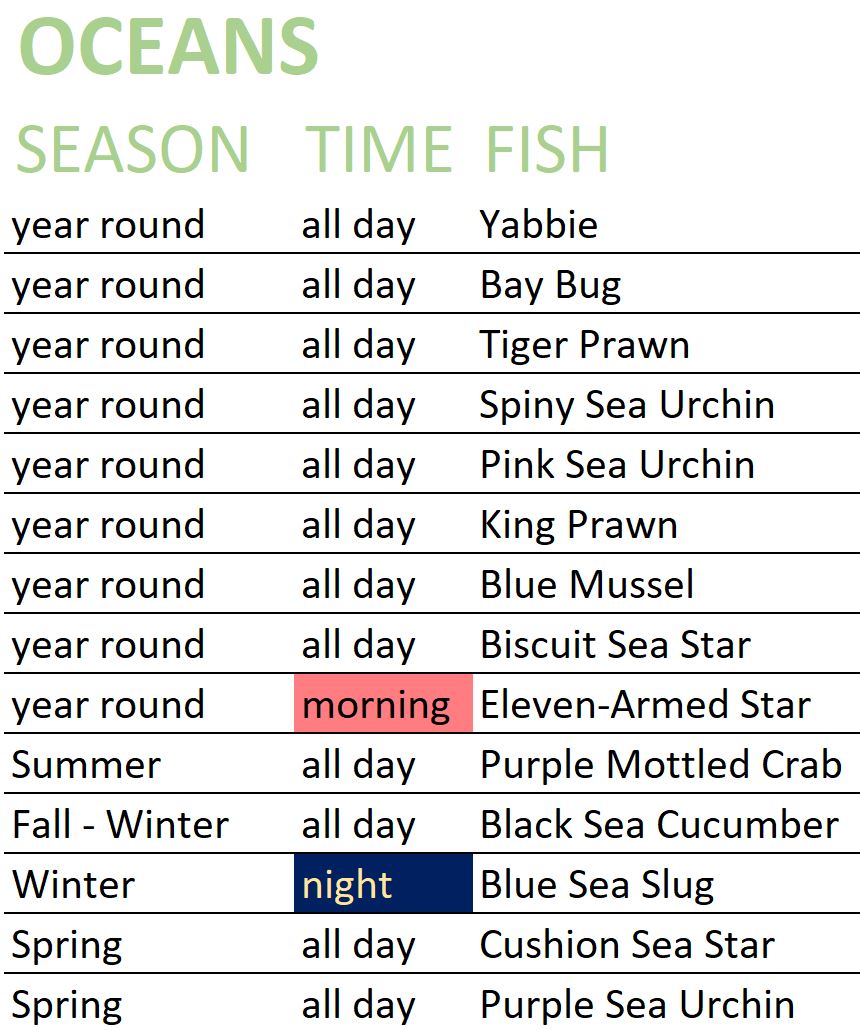
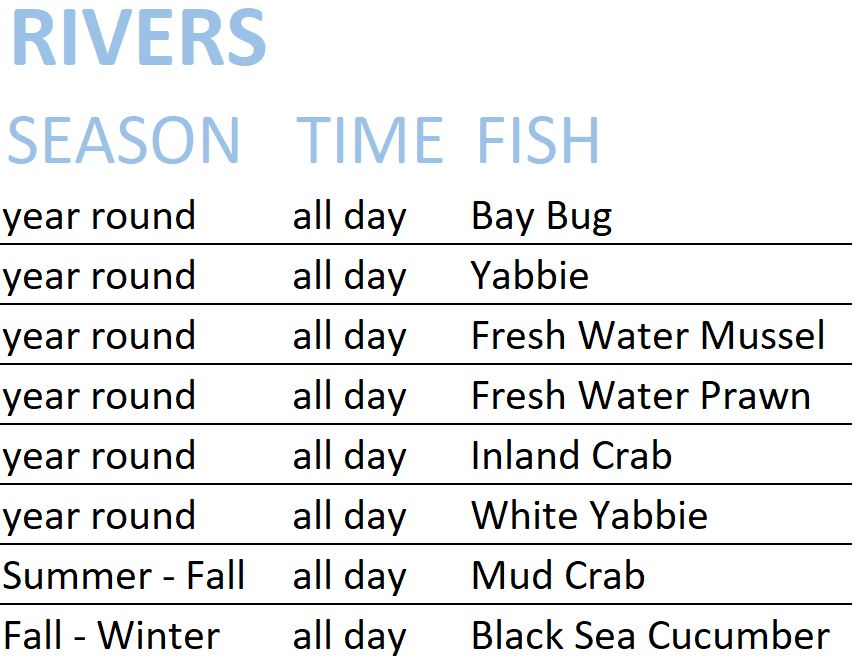
Leave a Reply